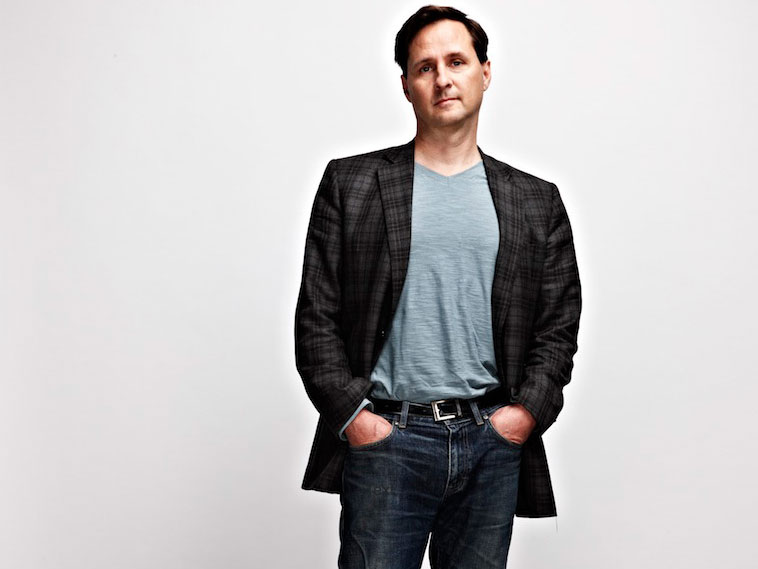


After getting caught in a blizzard while mountain climbing at age 17, Hugh Herr lost both his legs to severe frostbite. That hasn’t slowed his pace.
Now at 51, the inventor and engineer is a member of IEEE and the co-director of MIT’s Center for Extreme Bionics, where he designs prosthetic legs (including his own), along with feet, ankles, knees, and hips which push the limits of human capabilities. Herr’s prosthetics have helped him to climb even more treacherous icefalls, and to continue clearing hurdles in the field of bionics.
In his own words:
Shortly after my amputation in 1982, I was fitted with prosthetic limbs. Their lack of technology shocked me, so I decided to design my own—ones that would enable me to return to mountain climbing. I quickly abandoned the notion that a prosthesis has to have a human shape and began optimizing function. I developed legs with adjustable heights so I could reach hand- and footholds.
I had all sorts of attachments: feet to stand on rock ledges the width of a coin, and feet that would penetrate rock fissures. Within 12 months, I was climbing better than I had before my accident.
Wearing artificial limbs in the vertical world of climbing is quite comical. One time I fell, and my foot tumbled down the mountain. It would be devastating if someone’s biological foot broke off. I just go to the repair shop, and in a day I have a new foot. It’s upgradeable.
But in our culture, we tend to view the artificial, when it’s attached to a human, as unholy. We think that our bodies are better than the devices we conceive and construct. I think that belief will disappear. Just because something is made of titanium and silicone does not mean that it’s somehow less than human.
Even today, humans are very augmented: We hop in airplanes and go tremendous distances over a short period of time; we have mobile devices that improve our communications and memory. The same will happen with bionics—they will give humans transcendent capabilities.
I’m intrigued by the possibility of embedding humanity—our ideas and our creativity—into designable bodies. The artificial limbs we create can be just as beautiful and expressive as our own bodies made of innate cells. In my lifetime, I’d like to be able to feel my synthetic legs in the way that you feel your biological legs.
Hopefully I’ll experience motor inventions that are superior to biological muscle tissue. To me, it’s not scary; it’s the natural progression of our evolution.
This article was originally published in the November 2015 issue of Popular Science under the title “Hugh Herr On the Future of Bionics.”
